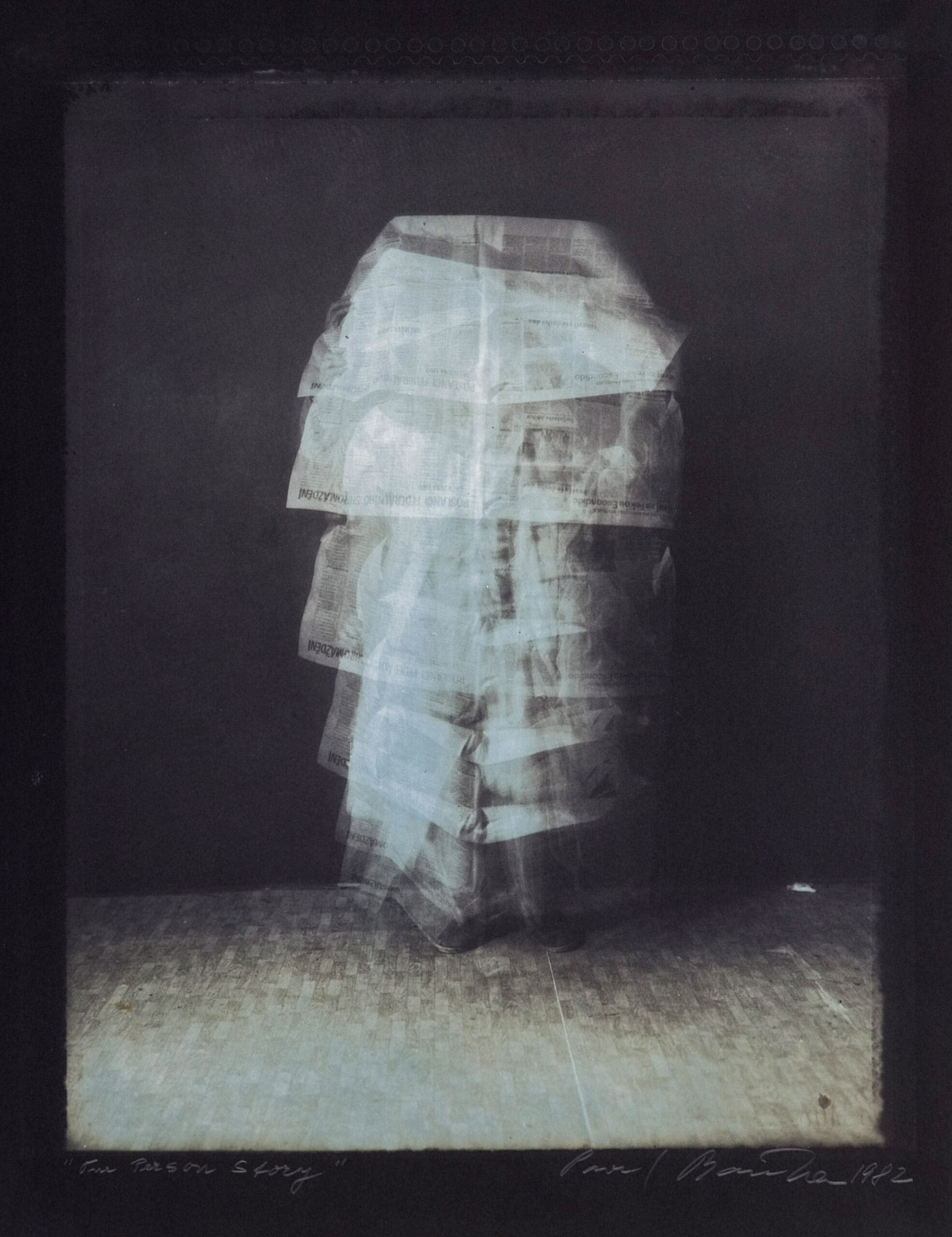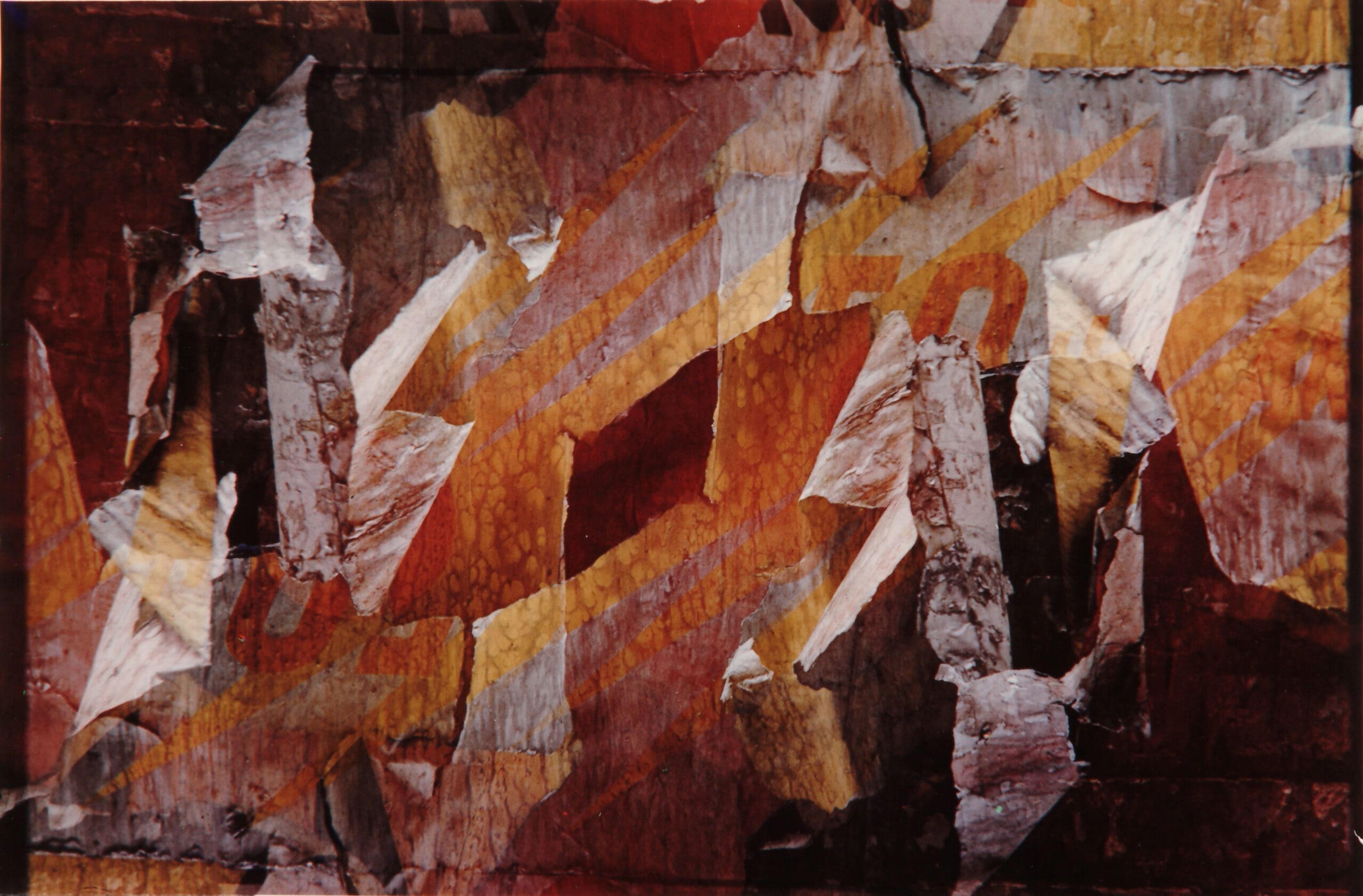PULP
Fred and Laura Ruth Bidwell Gallery
In popular culture, the word “pulp” is almost always followed by “fiction.” Director Quentin Tarantino’s landmark 1994 film by that name capitalized on the lurid plots that defined a genre of cheap publications popular in the first half of the 20th century. Pulp fiction, or pulp magazines, were printed on rough wood pulp paper and sold for a few cents per copy as entertainment for the masses.
Today, cheap paper ephemera continues to be produced and distributed on a large scale—daily newspapers, glossy monthly magazines, weekly tabloids, advertising posters and billboards are just some examples of paper products meant to be seen, then discarded. Typically mundane, their content reflects aspects of the cultures they serve, and can offer a wealth of possibilities to artists who analyze those cultures with a critical eye.
Richard Misrach discovered two disheveled copies of Playboy magazine while photographing in the deserts of Nevada in 1990. The cover images of women had been used as practice targets, but the pages inside were also shot through with bullet holes. As the artist described, “The violence that was directed specifically at the women symbolically penetrated every layer of our society.” In his photographs, including one of a mutilated advertisement starring Andy Warhol, Misrach comments on American cultural violence. “Despite the fact that they were just pieces of paper,” notes the artist about his subject matter, they “elicited a powerful and uncanny visceral response.”
Also attuned to the power of paper ephemera to reflect and impact society was Judith Golden. In her 1975 Magazine series, Golden photographed herself through torn or cut glamour shots from magazines, creating a direct comparison between the printed pages and her own face. She colored the black and white photographs by hand, mimicking the heavy make-up and retouching of images of women in mass media that encourages conformity to certain ideals and standards of beauty.
PULP also includes photographs in which paper ephemera offer aesthetic rather than critical possibilities, becoming material for abstracted compositions by Harry Callahan, Aaron Siskind and Louis Stettner, or playing a role in personal reflections and explorations in the photographs of Pavel Banka and Gloria DeFilipps Brush.
This exhibition is organized by the Akron Art Museum.





